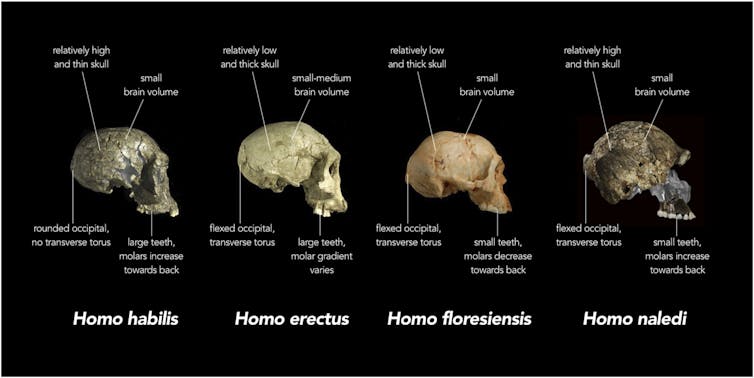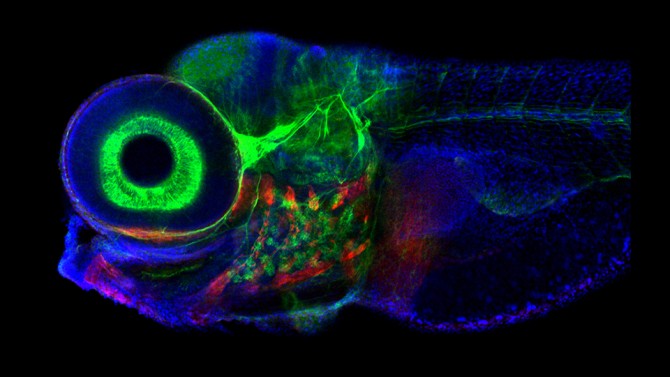Research by Charles Darwin University has changed what was known about the charismatic nectar-loving sugar glider, finding that they are at more risk than ever, particularly after the recent bushfires devastating south-eastern Australia.
The research in collaboration with the South Australian Museum and Queensland University of Technology has discovered that the sugar glider (Petaurus breviceps), once thought to be a singular species actually represents three genetically and morphologically distinct species.
Published in the discovery has been a decade in the making for the team at CDU. Provost Professor Sue Carthew said the findings were not only a significant contribution to science but have important conservation implications.
The work began when an earlier investigation into sugar glider genetics raised questions about the identity of the glider found in the Northern Territory. With the help of a crowdfunding campaign, the team travelled to London’s Natural History Museum to examine a specimen more than 150 years old. They also assessed more than 300 live and preserved glider specimens from Australian collections before resolving that the sugar glider is in fact represented by three distinct species. These are now formally recognised as the sugar glider (Petaurus breviceps), the savanna glider (Petaurus ariel) and Kreft’s glider (Petaurus notatus).
CDU Research Associate in ecology and conservation Dr Teigan Cremona said the savanna glider occurred in the woodland savannas of northern Australia and looked a bit like a much smaller version of a squirrel glider with a more pointed nose. “The remaining two species, the sugar glider and Krefft’s glider, look similar and may co-occur in some areas of south-eastern Australia.”
Dr Cremona said that while the discovery of a new mammal species was uncommon and exciting, it also meant that the distribution of the sugar glider had been widely overestimated.
“When considered as one species, sugar gliders were considered widespread and abundant, and classified as Least Concern,” she said.
“The distinction of these three species has meant a substantially diminished distribution for the sugar glider, making that species vulnerable to large scale habitat destruction.”
She said the recent bushfires had incinerated quite a large proportion of the species’ current distributional range.
“Given they are hollow-dwellers and require a diverse habitat with a variety of foods, the bushfires have most likely had a devastating effect on this much-loved species,” Dr Cremona said.
“Our new species from northern Australia, the savanna glider, occurs in a region that is also suffering ongoing small mammal declines.”
A recent study led by CDU Research Associate Dr Alyson Stobo-Wilson estimated the species has undergone a 35% range reduction over the past 30 years.
“We need to urgently assess the conservation status of both the sugar glider and savanna glider before they are lost,” Dr Stobo-Wilson said.
Professor Carthew acknowledges that much more work now needs to be undertaken to delineate the distinct ecology and requirements of each species and determine their distributions in detail.
“This will enable us to effectively assess the conservation status of each species and the management efforts required to ensure their protection as they face an uncertain future,” Professor Carthew said.









